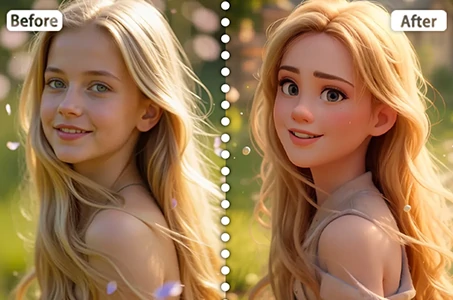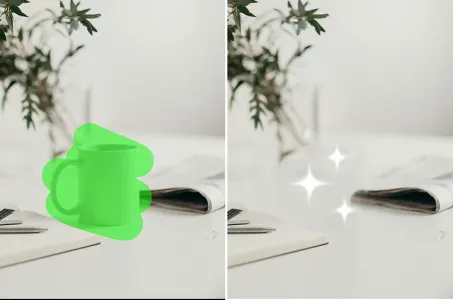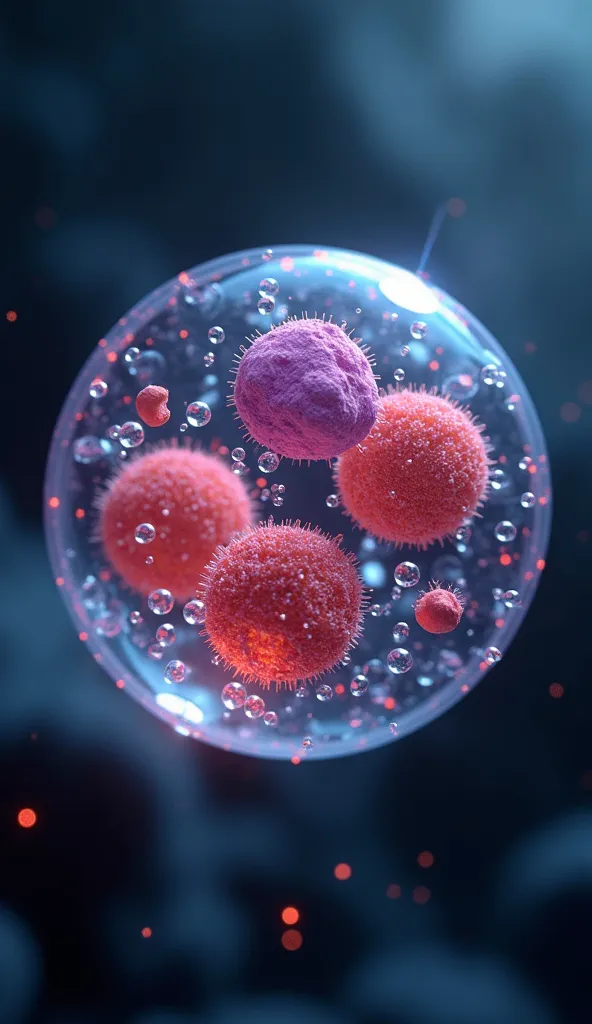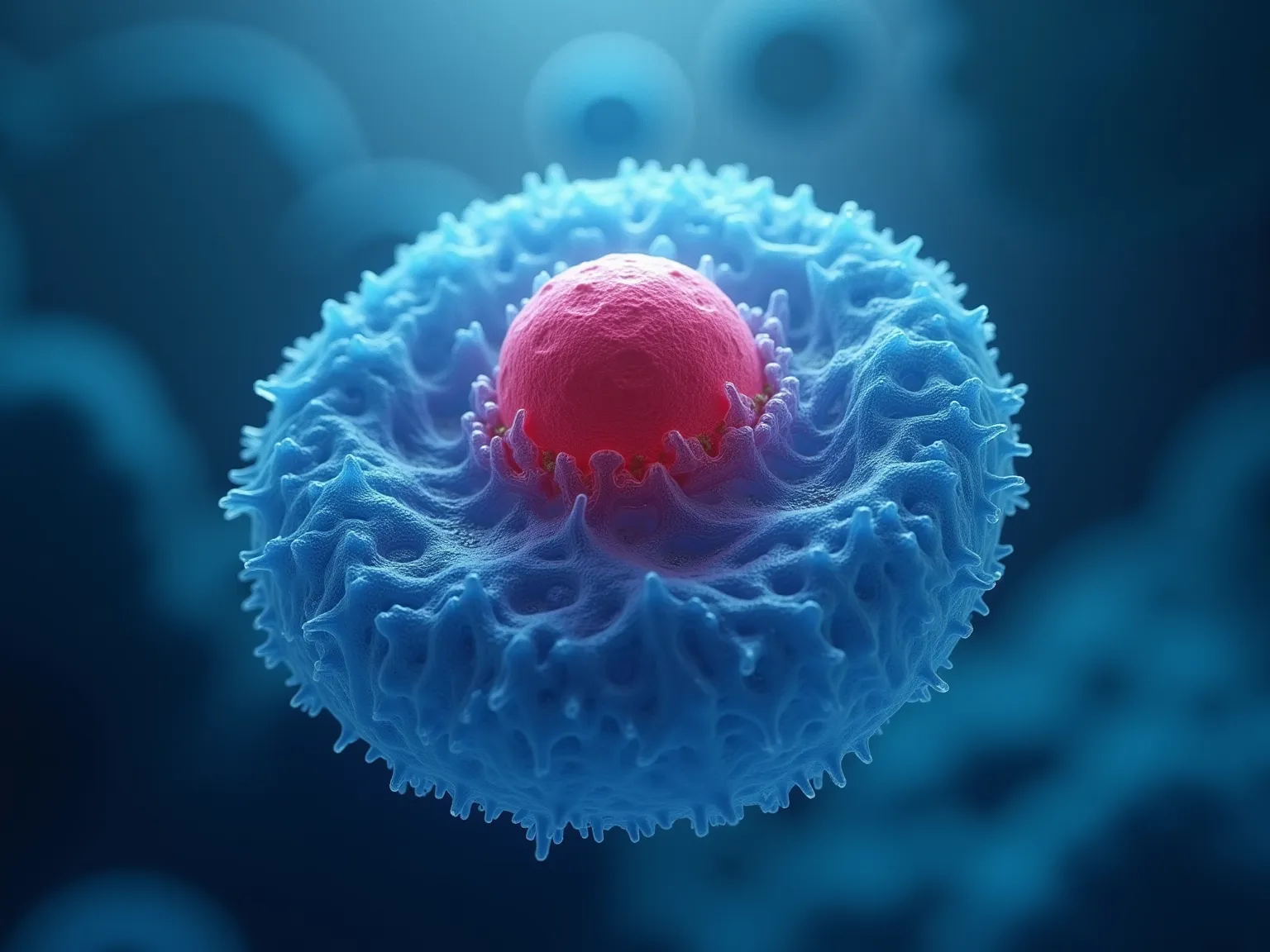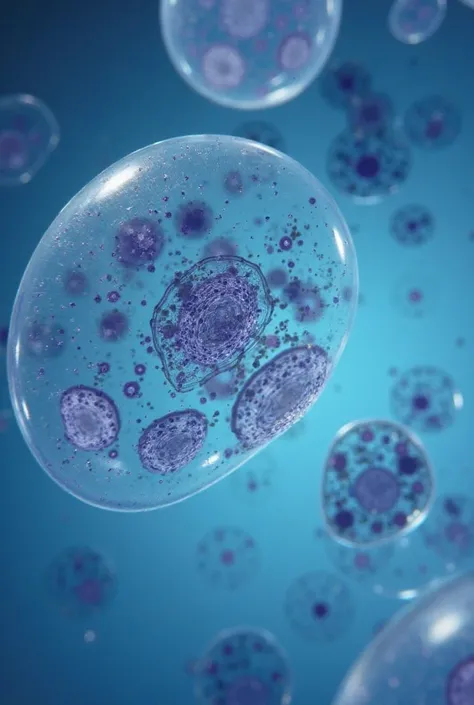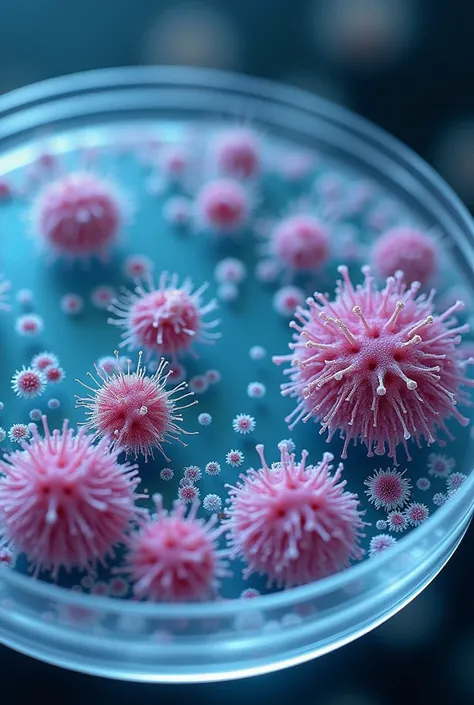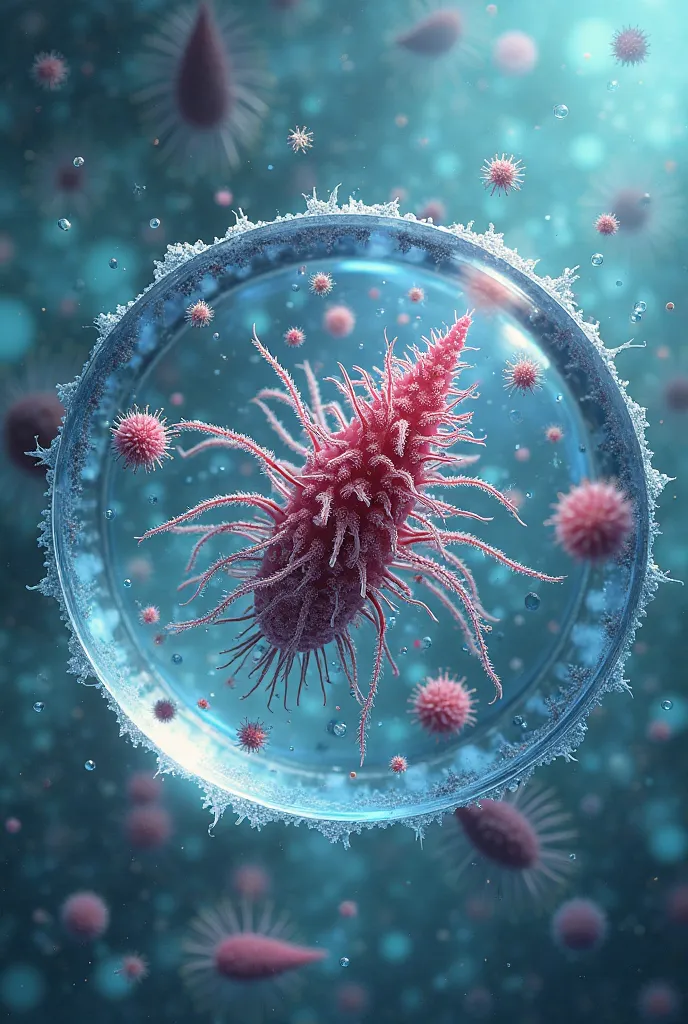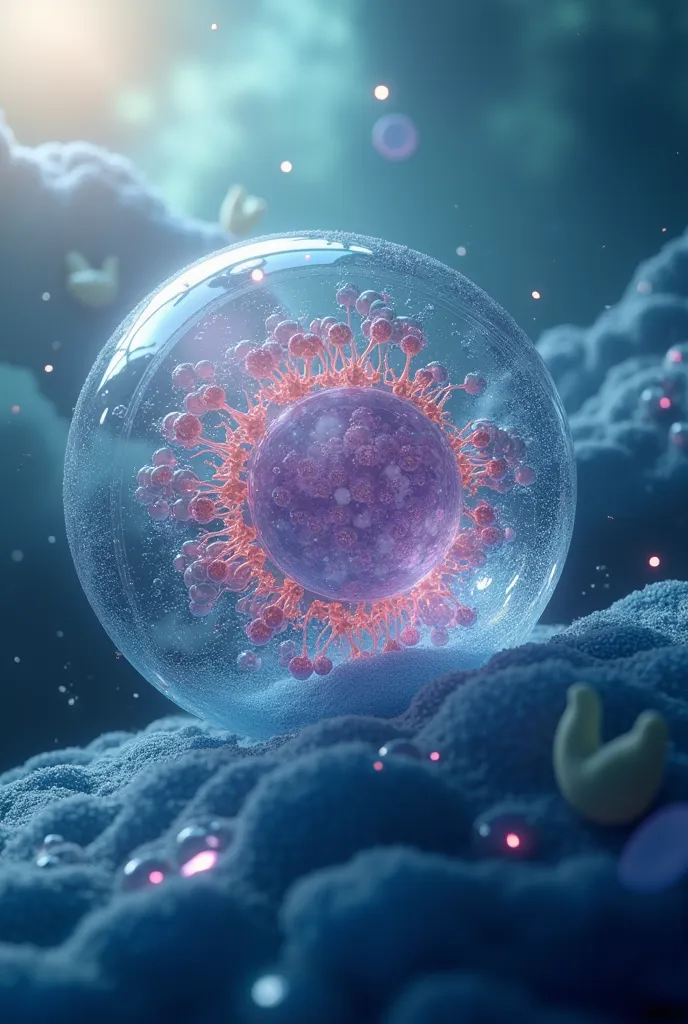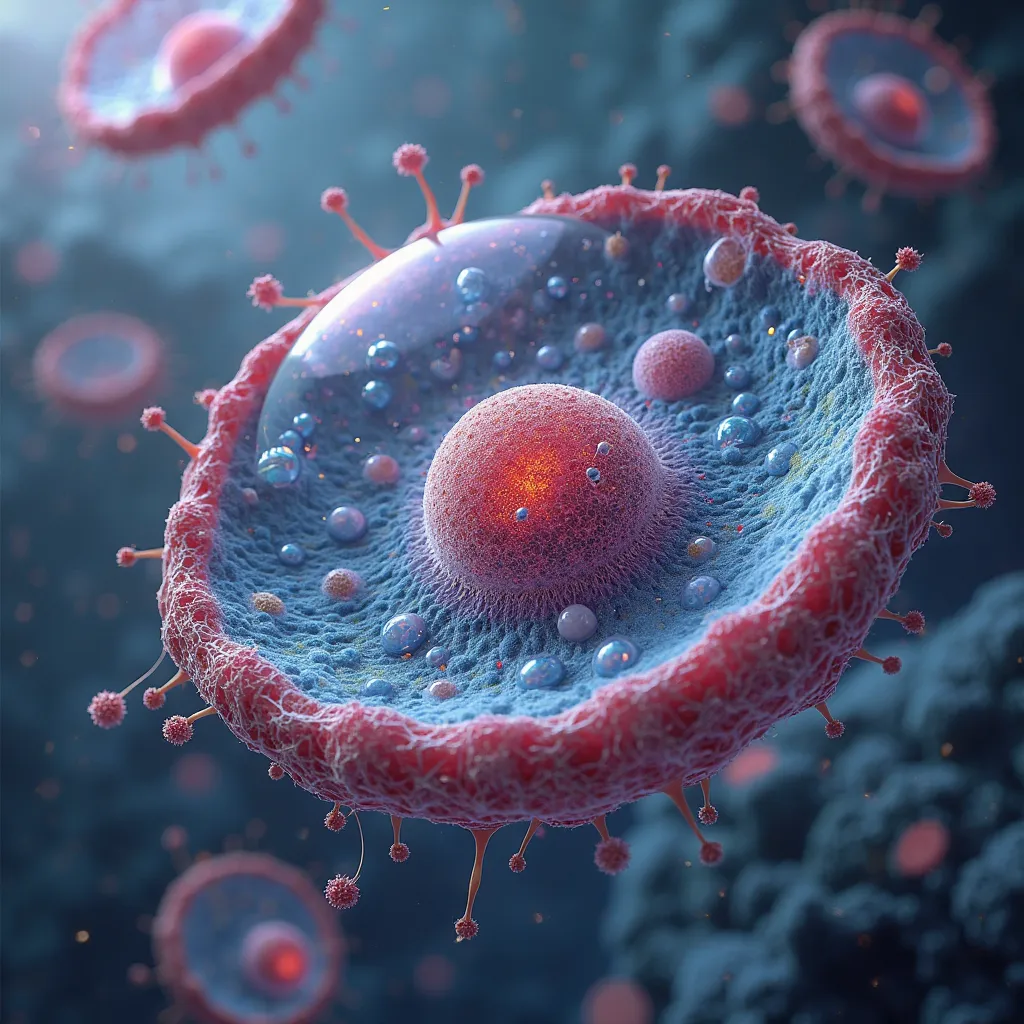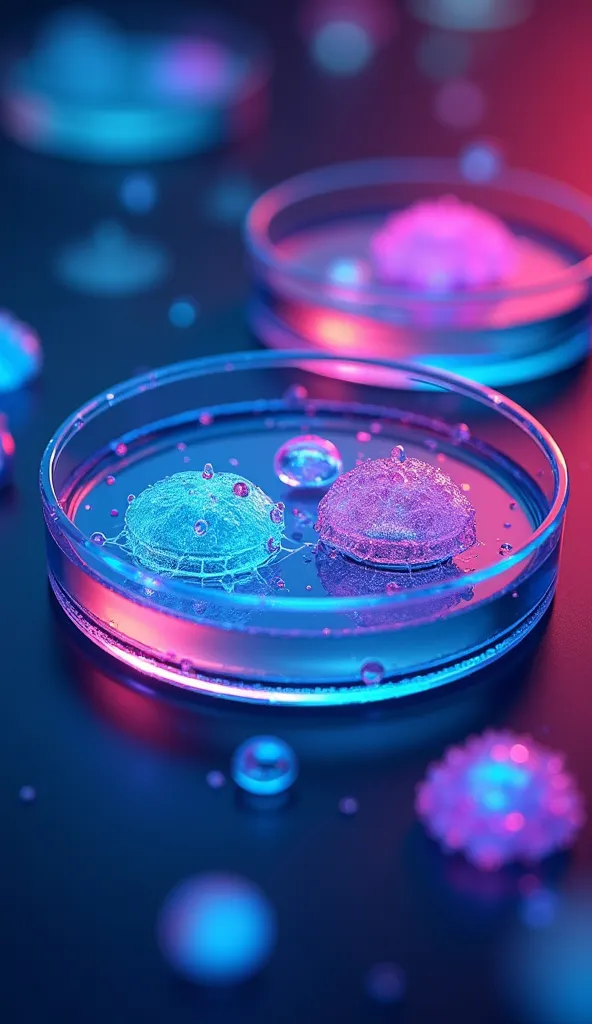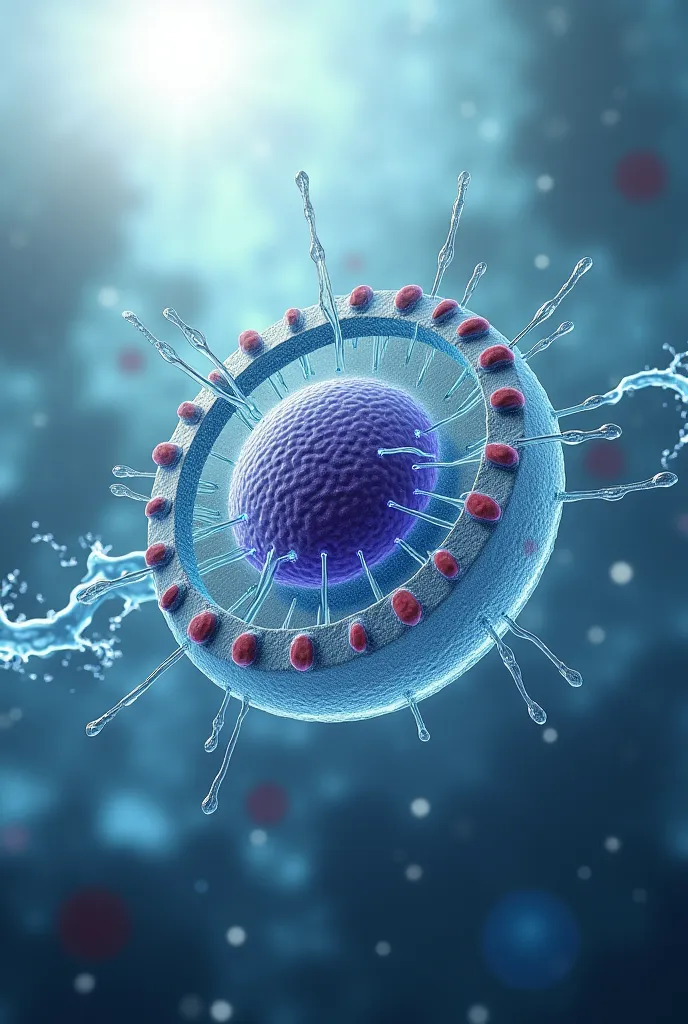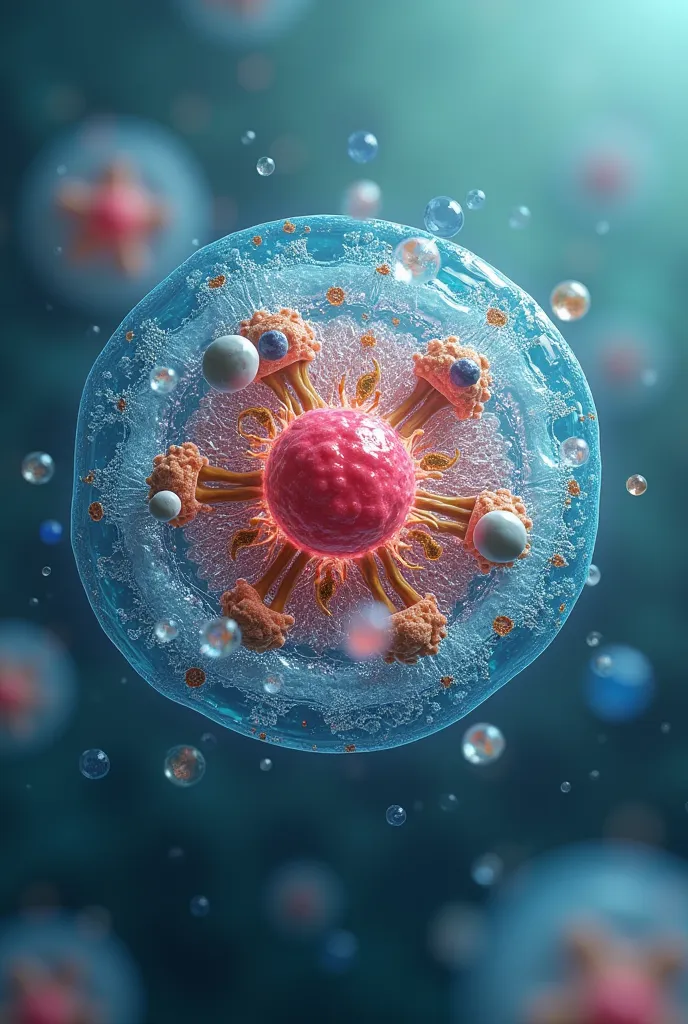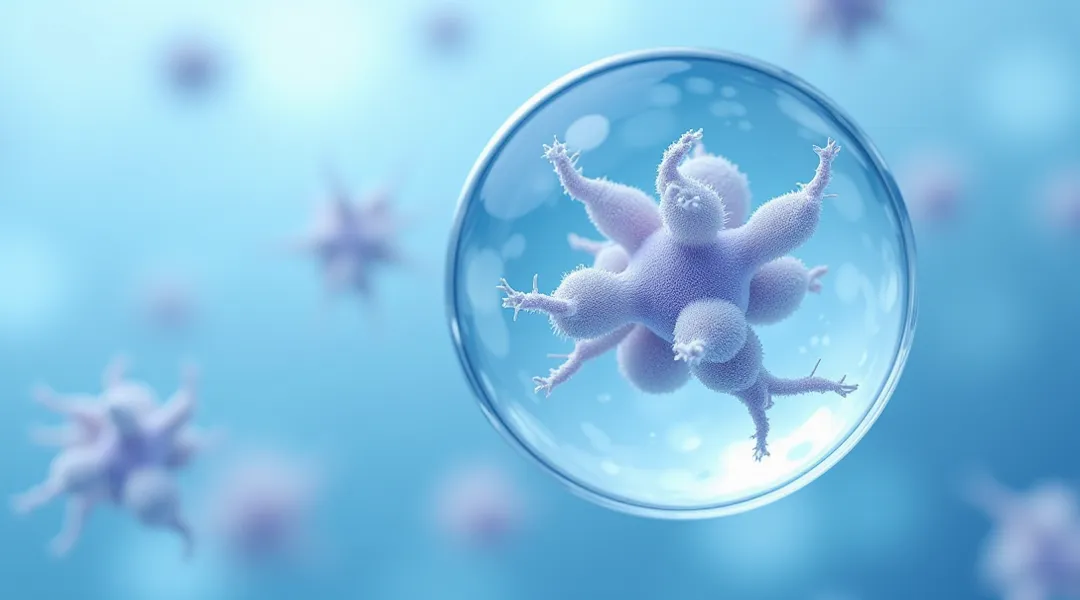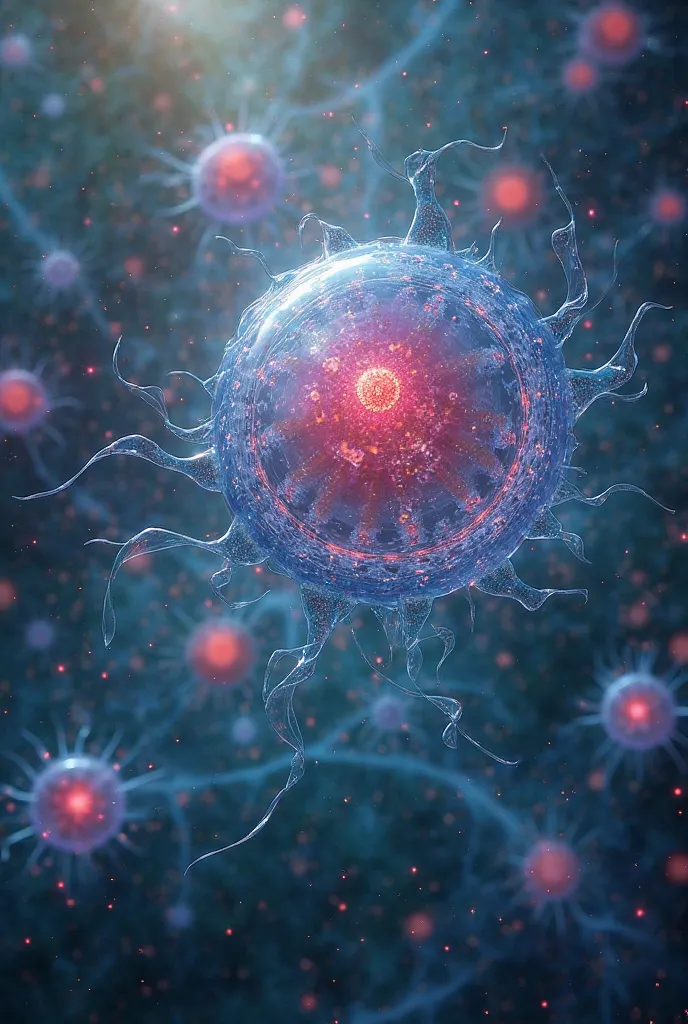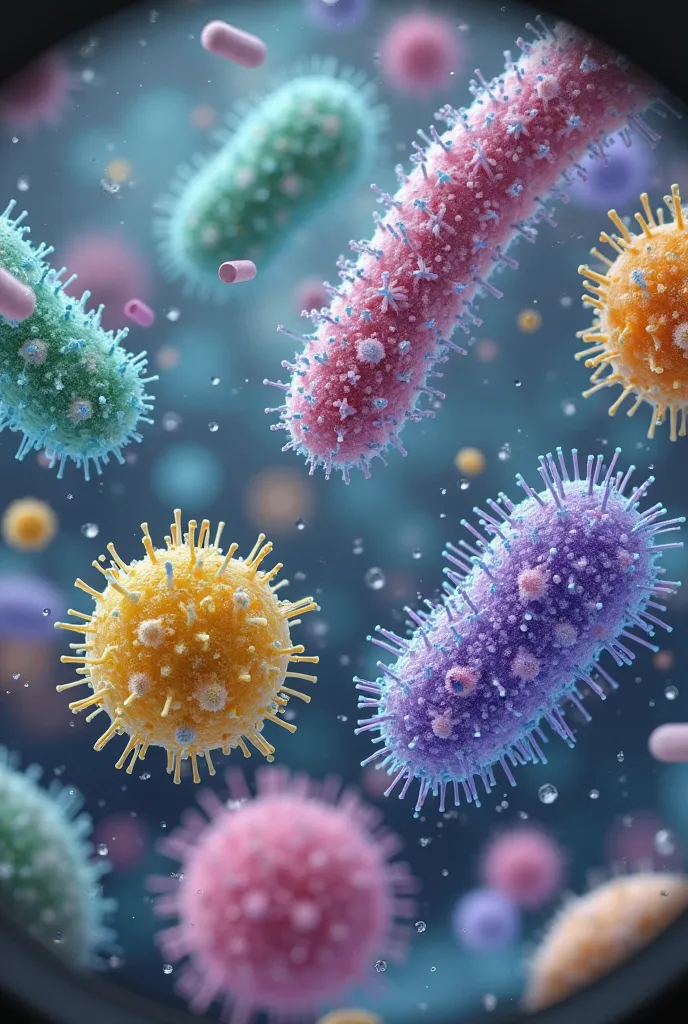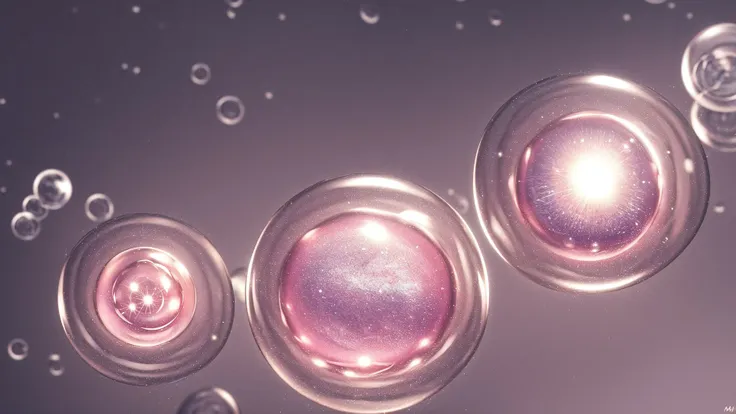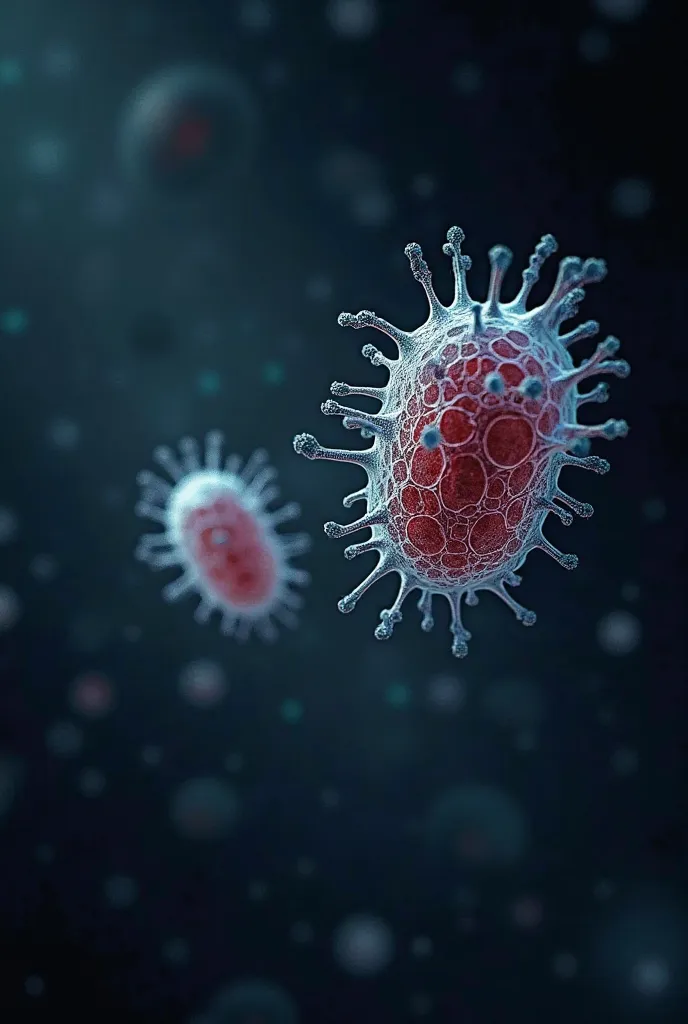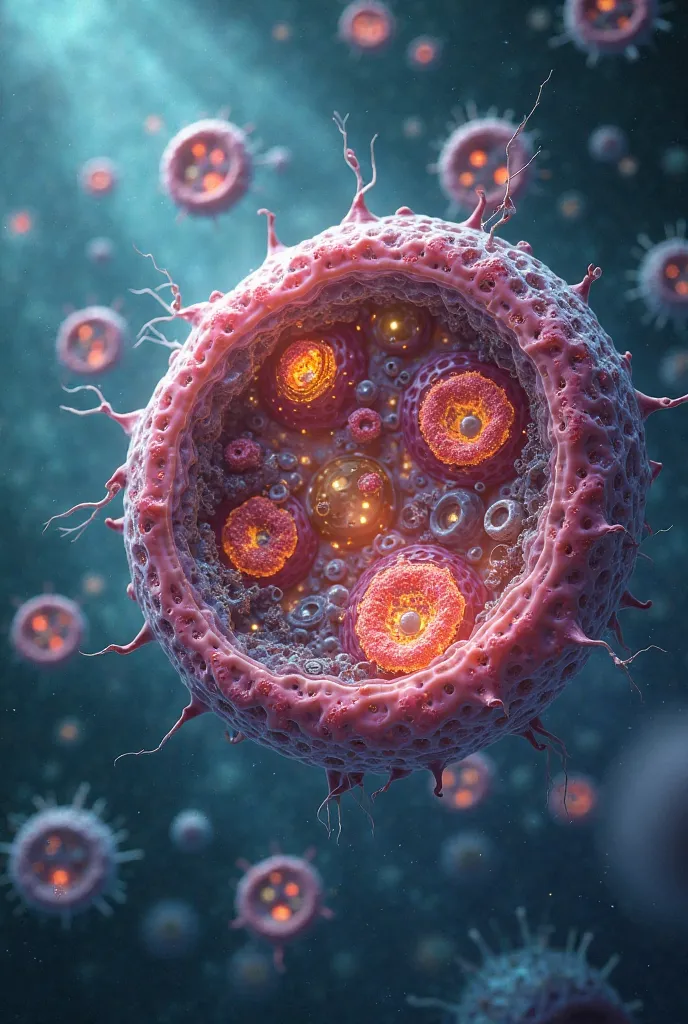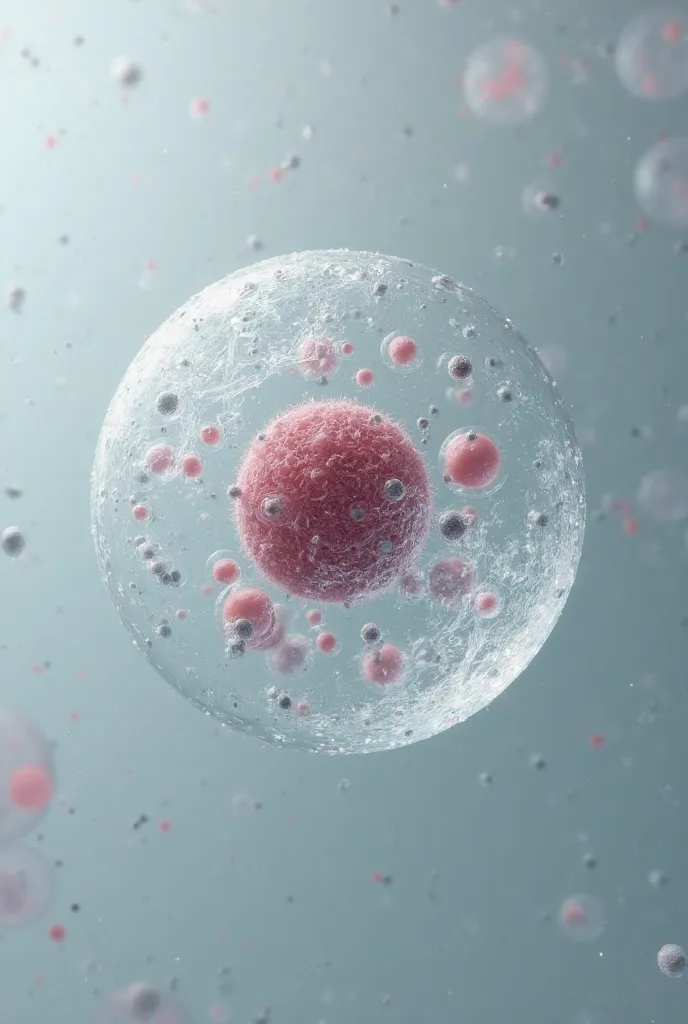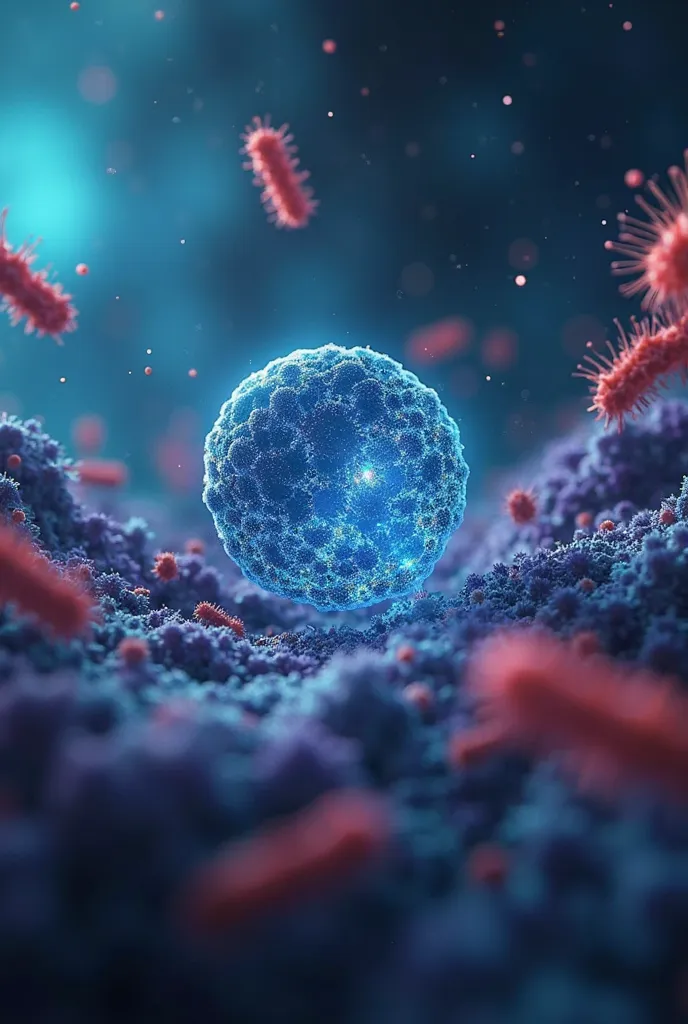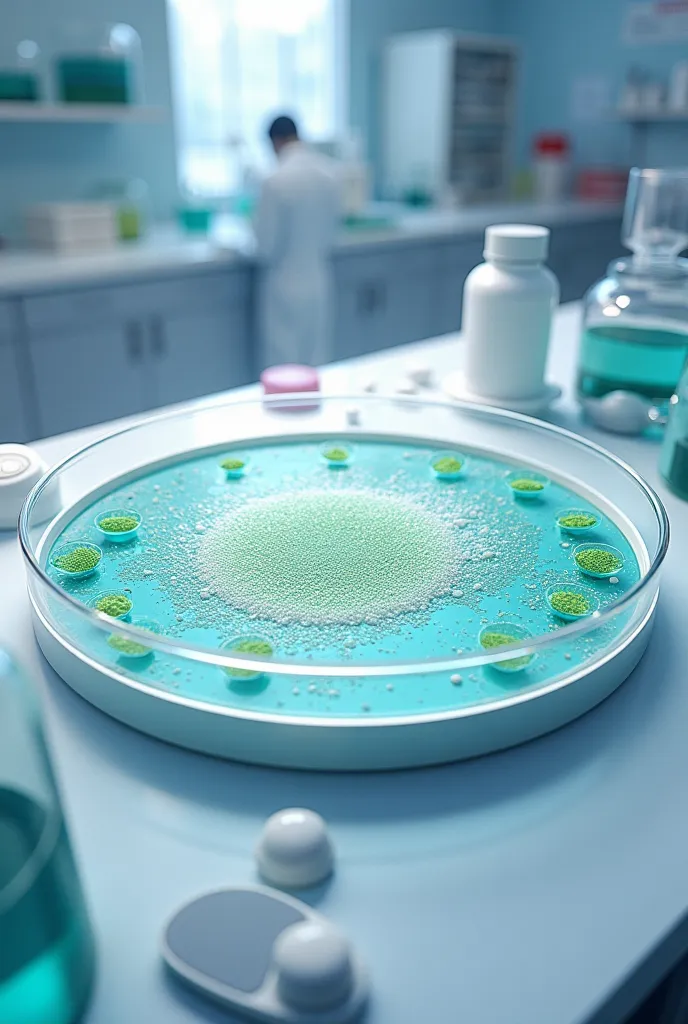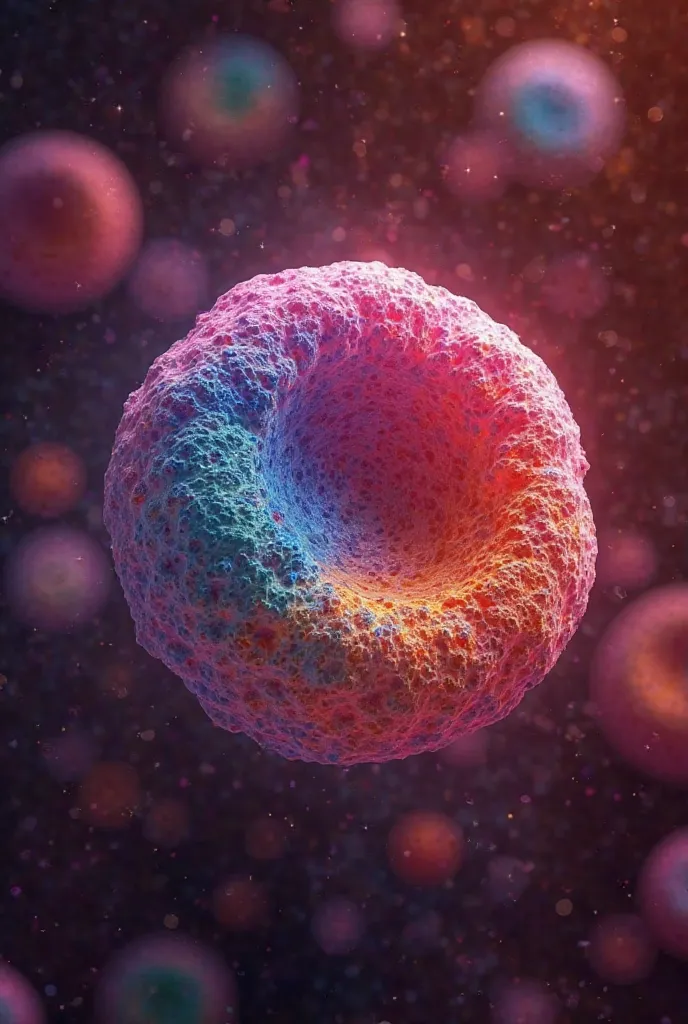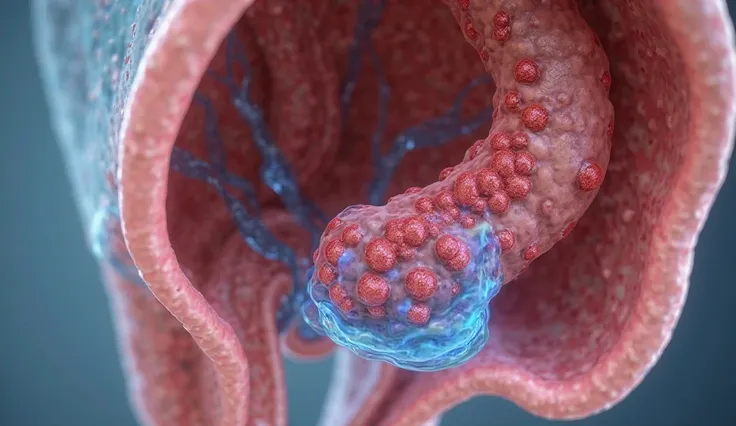I need a graphic diagram with drawings on the following process in Spanish
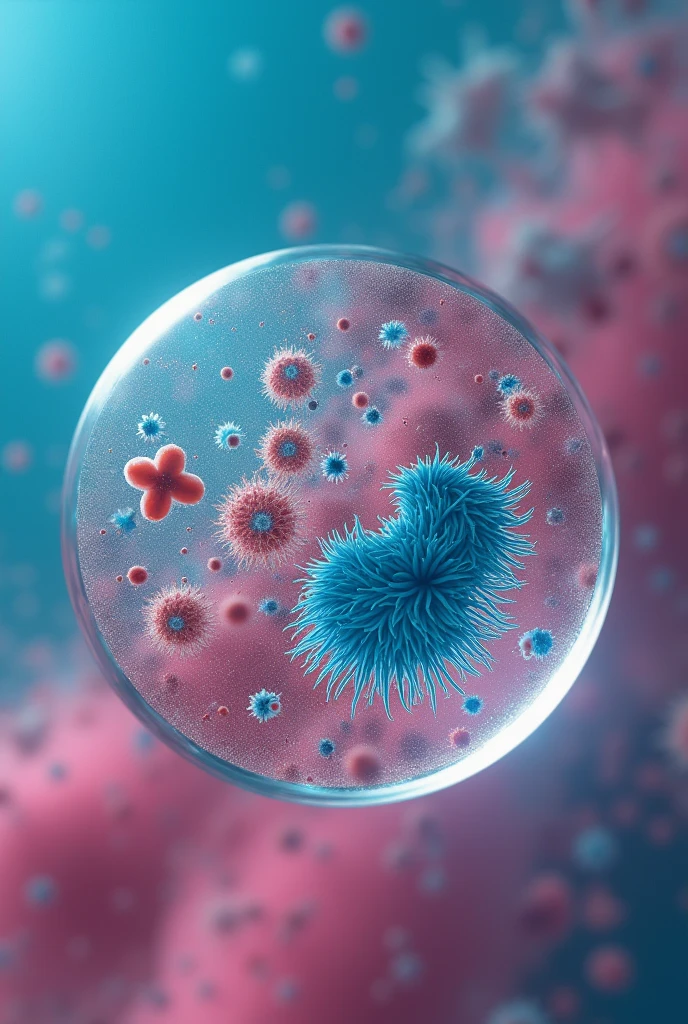

I need a graphic diagram with drawings on the following process in Spanish (latino) ### 1. **Sample Preparation:** - **Collect the sample:** It may be a sample of bacterial culture, tissue or any other material containing microorganisms. - **Extend the sample:** With a sterile tool, as an inoculation handle, A small amount of the sample is placed on a glass slide. Spread evenly to form a thin layer. ### 2. **Air Drying:** - Allow the sample to dry in ambient air. This is important so that it adheres to the slide and makes staining easier.. ### 3. **fixation:** - **fixation por calor:** The slide is passed rapidly through the flame of a Bunsen burner several times to kill the microorganisms and make them adhere firmly to the glass.. This also helps to preserve cell morphology.. - **fixation química:** Sometimes a chemical fixative such as methanol can be used to accomplish the same function.. ### 4. **Application of Primary Colorant:** - A dye is added to the sample. This may vary depending on the type of stain., but the purpose is to stain all the cells so that they are visible under a microscope. ### 5. **washed:** - After the dye has been in contact with the sample for the required time, Gently rinse with distilled water to remove excess dye. ### 6. **Application of the mordant (Optional):** - In certain types of staining, like Gram stain, a mordant is applied (For example, iodine) which forms a complex with the primary dye, helping to fix it within the cells. ### 7. **Discoloration (Optional):** - A bleaching agent (like alcohol or acetone) It is used in some stains to remove the primary dye from some cells or structures., differentiating between different types of microorganisms. ### 8. **Application of Secondary Dye (Let's get back to each other
Prompts
Copiar prompts
I need a graphic diagram with drawings on the following process in Spanish (latino)
### 1
.
**Sample Preparation:**
- **Collect the sample:** It may be a sample of bacterial culture
,
tissue or any other material containing microorganisms
.
- **Extend the sample:** With a sterile tool
,
as an inoculation handle
,
A small amount of the sample is placed on a glass slide
.
Spread evenly to form a thin layer
.
### 2
.
**Air Drying:**
- Allow the sample to dry in ambient air
.
This is important so that it adheres to the slide and makes staining easier
..
### 3
.
**fixation:**
- **fixation por calor:** The slide is passed rapidly through the flame of a Bunsen burner several times to kill the microorganisms and make them adhere firmly to the glass
..
This also helps to preserve cell morphology
..
- **fixation química:** Sometimes a chemical fixative such as methanol can be used to accomplish the same function
..
### 4
.
**Application of Primary Colorant:**
- A dye is added to the sample
.
This may vary depending on the type of stain
.,
but the purpose is to stain all the cells so that they are visible under a microscope
.
### 5
.
**washed:**
- After the dye has been in contact with the sample for the required time
,
Gently rinse with distilled water to remove excess dye
.
### 6
.
**Application of the mordant (Optional):**
- In certain types of staining
,
like Gram stain
,
a mordant is applied (For example
,
iodine) which forms a complex with the primary dye
,
helping to fix it within the cells
.
### 7
.
**Discoloration (Optional):**
- A bleaching agent (like alcohol or acetone) It is used in some stains to remove the primary dye from some cells or structures
.,
differentiating between different types of microorganisms
.
### 8
.
**Application of Secondary Dye (Let'
;
s get back to each other
INFO
Checkpoint & LoRA

Checkpoint
SeaArt Infinity
#Design do item
#SeaArt Infinity
comentário(s)
0
0
0






